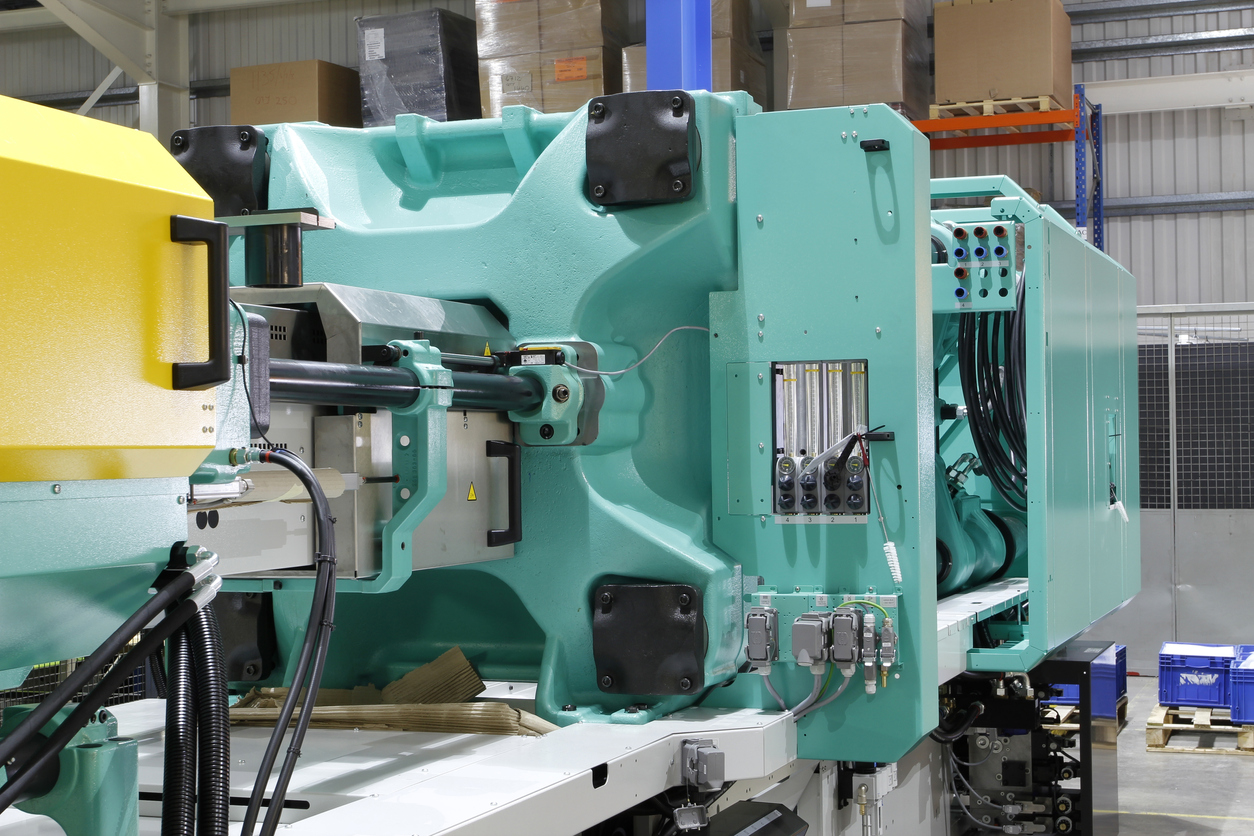Introducing new products is critical for company growth. However, the amount of work required to design, develop, and introduce new products can be overwhelming if not well structured. The companies seeing the greatest success with a new product introduction (NPI) follow an organized and well-planned process.
A Gartner survey found that 45 percent of product launches are delayed by at least one month. Some of the reasons they found for late launches include delays in product development (bugs, errors, feature creep), failure to meet customer requirements, and product quality issues.
A standardized NPI process will eliminate many of those types of delays. The NPI process can vary from company to company and sometimes even within divisions of a company, but for success, an NPI involves a significant level of cross-functional communication and teamwork, which requires full support from a company’s upper management.
Benefits of a Well-Planned NPI
Having a robust NPI process that is understood and followed by the team creates a smoother launch. In competitive markets, this can be critical for the product’s success. Some advantages companies can expect to achieve include:
- Reduces costs – A robust process will minimize development costs by avoiding late-stage design changes and repeated validation testing.
- Compressed time to market – A robust process will uncover potential issues, preventing delays that could detail the NPI timeline.
- Increased manufacturing efficiency – Products are designed for manufacturing to run more efficiently, avoiding redesigns once the product is in production.
- Improved product quality – Design flaws and other quality issues are uncovered early and corrected.
NPI Process Approach
NPI should take a step-by-step approach to take your product from Idea through commercialization. One way this process is set up is by using a gate or phase system. The gates or phases are a series of steps for which the product must meet specific criteria to progress to the next phase. The number of phases can vary depending on the product complexity and the level of risk involved. There may even be subphases with each.
Here is a simplistic view of example phases a new injection molded product may face:
Product idea – Team members identify a need in the market or gaps in the company’s offerings and brainstorm product ideas. At this stage, the project is scoped, the budget is determined, key deliverables and dates may be decided, and the project manager and team are determined. If the project meets the requirements for feasibility, it will move to the next step.
Market research – This step is sometimes called discovery. It involves ensuring there is a market for the product, understanding direct and indirect competition, understanding the product’s key differentiators, and determining customers’ needs concerning the product design.
Product design and development – This step is where you would bring in your contract manufacturer and work with a team led by a project manager. They will work with you to determine the best materials and processes for your products. Using design for manufacturability (DFM) principles, the product and mold will be designed. Product characteristics such as dimensions, materials, and safety and regulatory compliance will be determined. There may be several iterations of design before this phase is complete. Technical drawings will be created, and molds will be built.
Pre-production and prototyping – A prototype of the product is made. The first prototypes may be made just to assess the size and shape. As the design progresses, more sophisticated prototypes may be made to assess form, fit, and function – the physical characteristics are suitable (dimensions, weight, visual parameters), all parts fit within an assembly, and functional aspects work appropriately.
Production – By this time, the mold and operating processes are set. The finished design is manufactured, and if secondary operations or assembly is required, it will be performed. The product should have no issues if the work was done thoroughly in previous phases. The product runs are quality inspected to ensure they meet specifications. The final product will be packaged and shipped to you. Molds will have preventive maintenance performed at regularly scheduled intervals, with adjustments made as needed to ensure you continue receiving quality products.
Post-launch review – In this phase, you review the strengths and weaknesses of the full NPI to determine if there are anywhere improvements that can be made with future product introductions to increase efficiency or reduce costs.
Rely on Ensinger for Your Next New Product Introduction
With years of experience helping companies design and manufacture products made from high-performance materials, we can ensure your new product is a success. We can take you from design using DFM through prototyping to advanced manufacturing using our internal NPI processes. Communication is critical for success, so we will keep you informed every step of the way.
Let’s build something together. Call us today.
